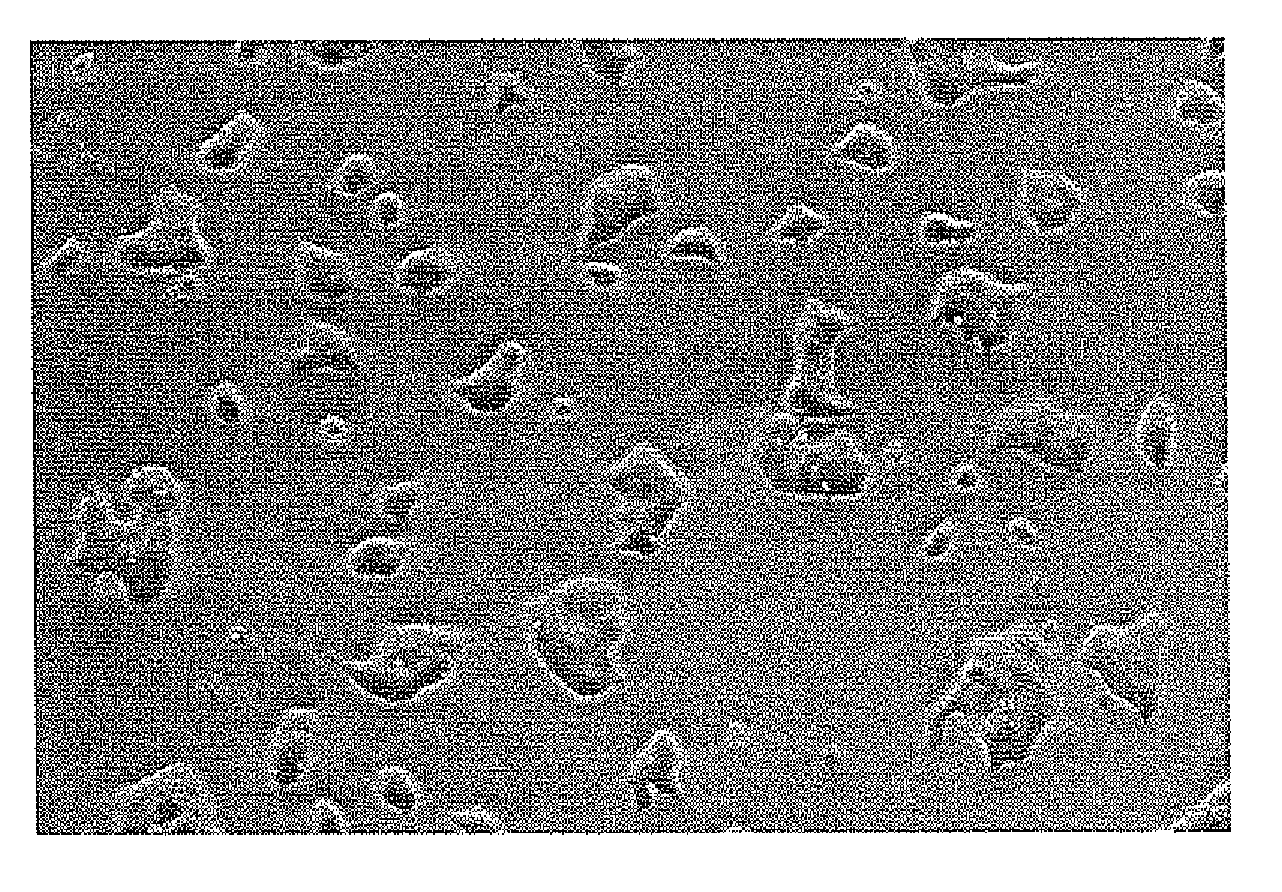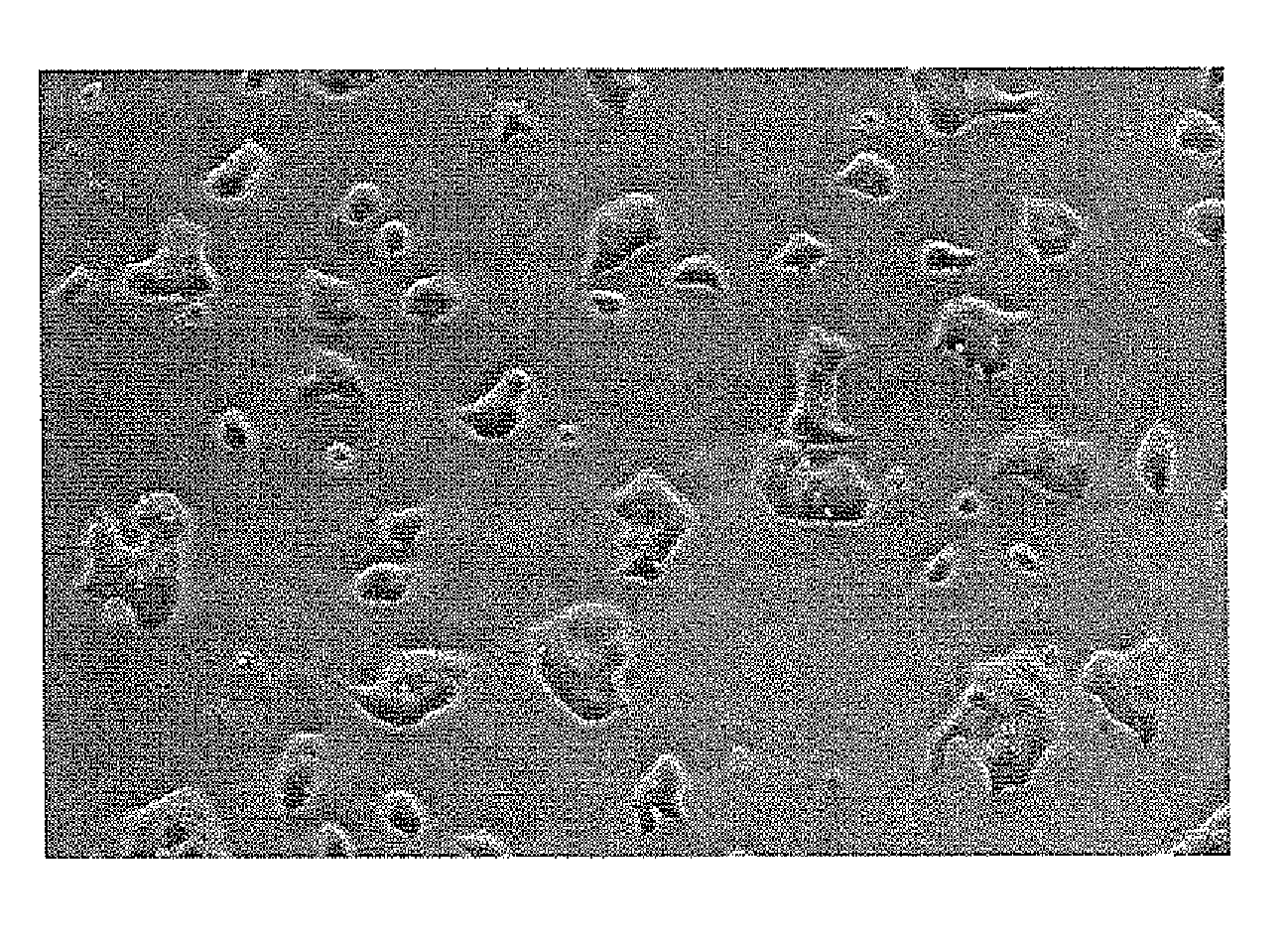Subpopulations of spore-like cells and uses thereof
a technology of sporelike cells and subpopulations, which is applied in the field of identification, isolation and use of subpopulations of sporelike cells, can solve the problems of hampered gene-based therapies, and limited sources of multipotent or pluripotent cells
- Summary
- Abstract
- Description
- Claims
- Application Information
AI Technical Summary
Benefits of technology
Problems solved by technology
Method used
Image
Examples
examples
[0084]Using the methods described in the patent application, populations of spore like cells were isolated from bone marrow as well as several tissues representing endoderm, mesoderm and ectoderm. Immediately after isolation, the cells were placed in a media referred to as “basic media” composed of DMEM / F′12 with antibiotics B27, FGF and EGF. The cells were maintained in the basic media for several weeks during which time sequential studies were performed to identify markers expressed by these cells. Markers were identified using both gene expression analysis and immunohistochemistry to identification of protein expression.
[0085]Spore-like cells acquired from tissues representative of endoderm, mesoderm and ectoderm were analyzed for expression of markers associated with embryonic stem cells, while exposed to the “basic media”. Populations of spore-like cells procured from endodermal tissue (lung and liver), mesodermal tissue (muscle) and ectodermal tissue (spinal cord and adrenal g...
PUM
| Property | Measurement | Unit |
|---|---|---|
| gel-sol transition temperature | aaaaa | aaaaa |
| diameter | aaaaa | aaaaa |
| fluorescence | aaaaa | aaaaa |
Abstract
Description
Claims
Application Information
 Login to View More
Login to View More - R&D
- Intellectual Property
- Life Sciences
- Materials
- Tech Scout
- Unparalleled Data Quality
- Higher Quality Content
- 60% Fewer Hallucinations
Browse by: Latest US Patents, China's latest patents, Technical Efficacy Thesaurus, Application Domain, Technology Topic, Popular Technical Reports.
© 2025 PatSnap. All rights reserved.Legal|Privacy policy|Modern Slavery Act Transparency Statement|Sitemap|About US| Contact US: help@patsnap.com


